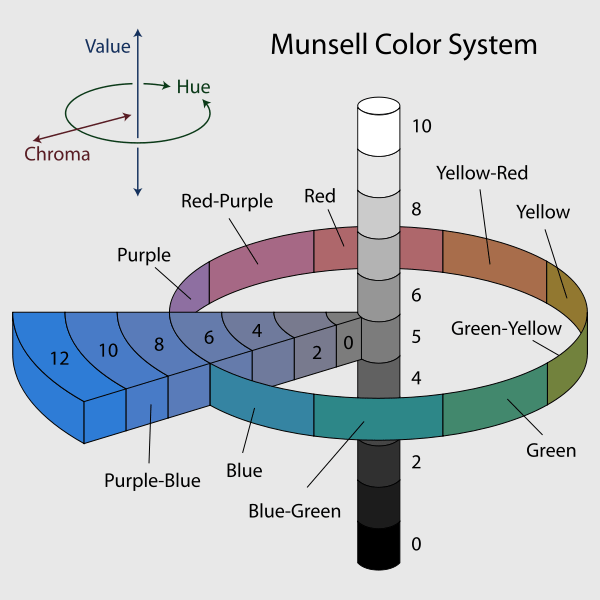Color plays a bigger part in our daily lives than we may realize. Our perceptions of our surroundings constantly change due to the way color affects us on an emotional or personal level. It’s simple, we respond to what we like.
Because of that, choosing colors can be tricky and the more people involved in the decision, the harder it is for a decision to be made.
You probably know how it feels to look at a color palette and immediately have a strong dislike for it without really knowing why. Or, on the other hand, have an immediate liking for it but cannot seem to convince your fellow board members, partners or family members to the same.
The best method for selecting colors is to keep your goals and subject in mind. Are you trying to create a statement or blend harmoniously into the surroundings? Are you painting an HOA, a personal space, or a commercial building? In this article, we’ll review some basics of color theory and discuss the reasons why colors tend to look different in multiple environments, helping you better select colors for your property and hopefully demystify the process along the way.
The Effect of Lighting on Color Perception
Different lighting may affect the perception of a color, sometimes changing the appearance of that color dramatically. This effect is called metamaris, and should also be considered when choosing color schemes.
Every type of light bulb emits different wavelengths making different light sources. So, if you pick a color for an exterior repaint inside your home, once outside that color may appear completely different because of metamerism.
The sun emits all wavelengths of visible light with the spectrum varying from mid-day to late afternoon, so try to view the colors in the light and environment in which they will ultimately be seen. For exterior colors, look at colors in natural, outdoor light or under a full spectrum light source in preference to other types of artificial light when possible. You can typically find full spectrum light bulbs at your local hardware store or paint store.
The Effect of Gloss on Color Perception
Variations in the surface texture, materials, and ultimately the gloss levels also play a critical part in the reflected color and our perception of that color.
Gloss is about shine, or sheen as it’s often referred to as. Sheen describes the amount of light reflected from the surface of the paint film. If a painted surface has a smooth and glass-like texture when dry, the reflection is perceived to be “shiny” or “glossy.” Conversely, a flat paint has a rough surface profile after it dries, so it reflects light scattered in many different directions and appears “flat” to the eye.
Gloss is determined by directing a beam of light at an angle to the painted surface and measuring the amount of light reflected using a device called a gloss meter. The gloss level of paint can affect how the color is perceived, with a color in a high-gloss paint appearing richer than the same color in a flat paint.
How to Choose the Best Color for Your Property
Choosing paint colors can seem like a daunting task, but if you can find a family of colors you like, strive to achieve harmony between those colors and forget about the rest. Testing the paint on a wall is sometimes the best option for narrowing down your choices. What may look like a dark option on the color swatch of a fan deck may seem significantly lighter color when placed in a large space. And again, the paint sheen will play a large part in how we perceive the color.
When you have more than one color to choose for a color scheme, try starting with selecting just main body color first and work your trim and accent colors around it.
As fads and trends change in color choices, so do some common themes. More and more often, dated green and teal colors are replaced with more inorganic (colors made from mineral bases) earth toned greens and warm browns. This richens up the color palette and gives it a more modern feel. If you are looking for a change of pace, try painting a lighter building with a darker palette or vice versa to give the homeowners a new and refreshed perspective.
Once you’ve chosen what the winner of a palette, have your painting contractor paint mock-up samples on an area of the building that will provide a good variation of light through the day. From there you may see problems areas that need a change, or provide you confidence that you’ve made the right color selection.
Conclusion
Color is constantly changing and it is always being seen in relation to the colors that surround it. Keep in mind that it is almost impossible to see a color by itself and not interacting with its surroundings.
And, when researching what paint you’re going to purchase, be sure to consider the ingredients in the paint. You should be looking for high-quality paint with premium quality ingredients for the best longevity and performance. Your structure will thank you for its new film of protection.


